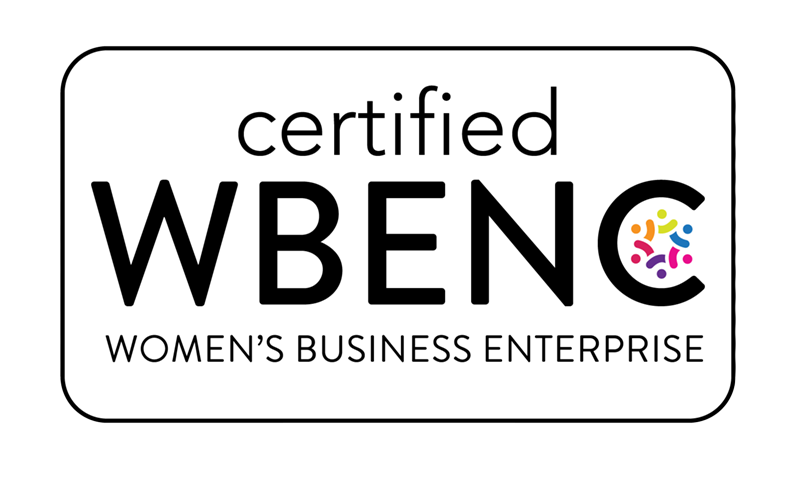Classification Rulings: When and Why to Seek Guidance from Customs Authorities - Part 14
Audio Conversation:
Full Blog Article:
When entering the world of international trade, understanding the classification of products becomes a critical aspect of compliance. Classification rulings from customs authorities can serve as a powerful tool for businesses, especially small and midsize ones, that seek to avoid costly penalties and ensure accurate duty assessments. For many U.S. importers and exporters, navigating product classification can be a daunting task due to complex regulatory language and ever-evolving global trade regulations. This article dives into the essential role of classification rulings, exploring when to seek them, why they are important, and how they support compliance and business success.
Understanding Classification Rulings: What Are They?
A classification ruling is a formal decision issued by U.S. Customs and Border Protection (CBP) or other customs authorities to clarify the classification of a product under the Harmonized Tariff Schedule (HTS). This classification determines the applicable duties and taxes, regulatory requirements, and, sometimes, eligibility for special programs or trade agreements. It’s a valuable resource for businesses seeking certainty in their classification decisions, as the ruling provides a binding determination for the specific product in question.
Key Benefits of Obtaining a Classification Ruling
For U.S. importers and exporters, a classification ruling provides numerous benefits:
- Certainty and Confidence: With an official ruling, businesses can confidently classify their products and avoid penalties or back payments.
- Legal Protection: In the case of an audit, a ruling serves as evidence that the business took due diligence steps to ensure compliance.
- Duty Optimization: Correct classification might open eligibility for reduced tariffs under specific trade agreements, like the USMCA, which we will cover in our upcoming Article 17 on Navigating the United States-Mexico-Canada Agreement for Your Busines s .
When to Seek a Classification Ruling
Many small and midsize businesses might wonder whether they really need a classification ruling or if they can handle product classification themselves. Here are scenarios where it’s advisable to seek an official ruling:
- Product Complexity or Novelty: If your product has unique components or doesn’t fit neatly into existing HTS descriptions, it’s best to seek a ruling. For instance, high-tech devices, medical equipment, or mixed-material products often require specialized classification.
- Risk of Misclassification: If you’re unsure about your product’s classification and concerned about potential penalties, a ruling can mitigate the risk. Misclassification can result in back payments or hefty fines, a topic we touched on in Article 8 on Import Compliance .
- Eligibility for Trade Programs or Reduced Tariffs: Certain classifications are required to access benefits under Free Trade Agreements (FTAs) or special trade programs. Seeking a classification ruling ensures you’re positioning your product to maximize these benefits.
- Dealing with New Markets or Regulatory Changes: If you’re entering a new market or the rules regarding classification are updated, obtaining a ruling can clarify the correct classification under the latest standards.
The Process of Requesting a Classification Ruling
Requesting a classification ruling involves a formal process through CBP or relevant customs authorities. Here’s how it typically works:
- Gather Detailed Product Information: Before seeking a ruling, compile detailed information about your product, including specifications, material composition, use, and technical drawings. This documentation is crucial for CBP to make an accurate determination.
- Submit a Binding Ruling Request: A binding ruling request is a formal written application submitted to CBP’s National Commodity Specialist Division or online via CBP’s Customs Rulings Online Search System (CROSS). CROSS provides guidance on existing rulings and allows you to submit new requests.
- Receive and Interpret the Ruling: Once CBP issues a ruling, the determination is binding for that specific product and can be referenced in customs filings. However, keep in mind that it applies only to the exact product details provided in the request.
- Maintain Records of the Ruling: Documentation is essential in case of a future audit, so keep all records related to your ruling request. This is particularly important in ensuring compliance, as discussed in our previous article on Incident Response Plans.
Why Classification Rulings Matter for U.S. Importers and Exporters
Classification rulings are not just about avoiding penalties; they’re also a strategic tool to optimize your business’s trade compliance and cost efficiency. Here are a few reasons why classification rulings play a significant role in the success of U.S. businesses engaged in global trade:
- Compliance Assurance: A ruling confirms that your product classification is compliant with U.S. regulations, which is critical in avoiding potential audits or penalties from CBP. Small businesses often lack the resources for extensive legal compliance teams, making rulings a valuable safeguard.
- Cost Optimization and Duty Savings: With the correct classification, you can avoid overpaying duties or take advantage of reduced tariffs. For example, businesses benefiting from FTAs can see substantial savings if products meet specific classification requirements under agreements like the African Growth and Opportunity Act (AGOA), which we’ll explore in Article 18 on AGOA.
- Enhanced Business Efficiency: With the assurance of a ruling, your compliance team (or partner customs broker) can streamline customs clearance, reducing delays and allowing your products to move through customs more efficiently.
How a Customs Broker Can Support with Classification Rulings
A seasoned customs broker can be an invaluable ally in the classification ruling process. Their expertise ensures your ruling requests are accurate and that your classification is well-substantiated. Brokers often have extensive experience with the CROSS database and can advise on any recent rulings that might influence your request. They also manage communications with CBP, allowing you to focus on your core business.
Some specific ways a customs broker supports businesses with classification rulings:
- Preparation and Submission: A broker can prepare a well-documented ruling request, minimizing the risk of delays or rejections.
- Strategic Classification Advice: Brokers advise on classification options that align with your product’s specifications and business goals.
- Ongoing Compliance Management: Beyond the initial ruling, a broker monitors changes in regulations, so your classifications remain accurate over time.
Summary: Why Classification Rulings are Essential for Your Business
For small and midsize businesses, securing a classification ruling offers not only peace of mind but also practical benefits that can impact your bottom line. By confirming accurate classifications, these rulings help businesses avoid costly misclassification penalties, optimize duty savings, and streamline customs processes. Whether you’re managing a complex product, entering a new market, or seeking to leverage an FTA, a classification ruling provides certainty and supports your business’s compliance strategy.
Frequently Asked Questions (FAQs)
Q1: What is a classification ruling?
A: A classification ruling is an official customs decision that defines a product’s classification under the Harmonized Tariff Schedule (HTS), ensuring accurate duties and compliance.
Q2: When should I seek a classification ruling?
A: Seek a ruling for complex products, new markets, or when pursuing reduced tariffs through trade programs to avoid costly misclassification penalties.
Q3: How can a customs broker help with classification rulings?
A: A customs broker can manage the ruling process, prepare documentation, and offer compliance advice, simplifying the path to accurate classification.
Next in our Series
Stay tuned for our next article: “Valuation Methods: Ensuring Accurate Customs Declarations for Import and Export.” We’ll explore the methods used to value goods accurately, the impact on duty calculations, and how proper valuation helps avoid penalties and delays.
References
- U.S. Customs and Border Protection, “Customs Rulings Online Search System (CROSS)", Link
- U.S. Customs and Border Protection, “Binding Rulings Program,” Link
If you're curious to see how we can help, please visit our website http://magneticprecision.com/ For inquiries and questions, contact us at inquiries@magneticprecision.com .


